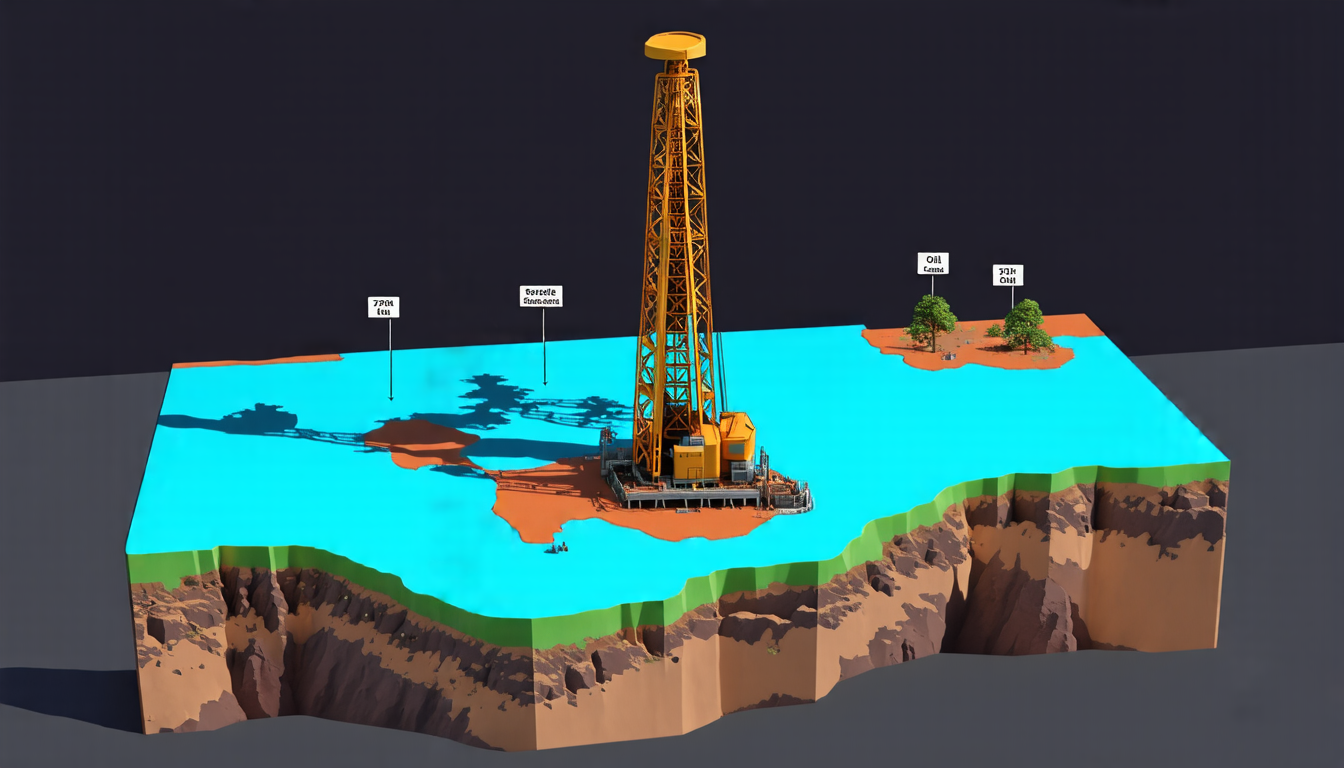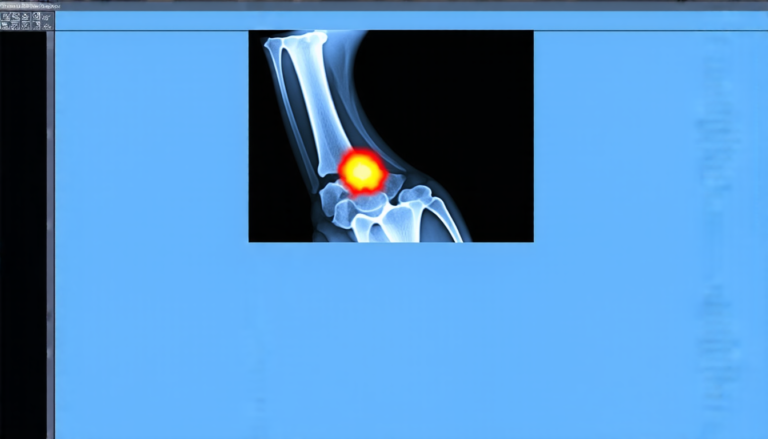Wednesday 09 April 2025
The quest for better well placement in oil and gas extraction has been a longstanding challenge. Drilling into the wrong spot can be costly, both financially and environmentally. Now, researchers have developed a new AI-driven approach that could revolutionize the way we drill for oil.
The problem with traditional well placement methods is that they’re often based on incomplete or outdated data. Geologists may use 2D maps to predict where oil is likely to be found, but these maps can’t capture the complex three-dimensional structure of underground rock formations. As a result, wells are often drilled into dry holes or worse, causing costly delays and environmental damage.
To overcome this challenge, researchers have turned to machine learning algorithms that can analyze large amounts of data and make predictions about where oil is likely to be found. One approach has been to use generative adversarial networks (GANs) to generate synthetic 3D models of underground rock formations. These models can then be used to simulate drilling operations and predict the likelihood of finding oil.
But there’s a catch: these models are only as good as the data they’re trained on. And in the case of oil exploration, that data is often limited or incomplete. To address this challenge, researchers have developed a new approach that uses a combination of machine learning algorithms and geological expertise to improve well placement accuracy.
The approach starts by generating a synthetic 3D model of an underground rock formation using GANs. The model is then used to simulate drilling operations and predict the likelihood of finding oil in different areas. But instead of relying solely on the model, researchers use geological expertise to validate its predictions and identify potential biases or errors.
The result is a more accurate and reliable approach to well placement that can help reduce the risk of costly delays and environmental damage. The technology has already been tested in several real-world scenarios, with promising results.
One of the key benefits of this new approach is its ability to account for uncertainty. In traditional oil exploration, geologists often have to make predictions about where oil is likely to be found based on incomplete data. But with this new approach, researchers can generate multiple possible scenarios and analyze their likelihood of success. This allows them to make more informed decisions about where to drill and reduces the risk of costly mistakes.
The potential impact of this technology is significant. By improving the accuracy of well placement, it could help reduce the environmental footprint of oil exploration and extraction.
Cite this article: “Revolutionizing Geosteering: Artificial Intelligence and Generative Models Unlock New Frontiers in Reservoir Exploration”, The Science Archive, 2025.
Ai-Driven, Oil Extraction, Well Placement, Machine Learning, Generative Adversarial Networks, 3D Models, Geological Expertise, Uncertainty, Environmental Impact, Cost Reduction







